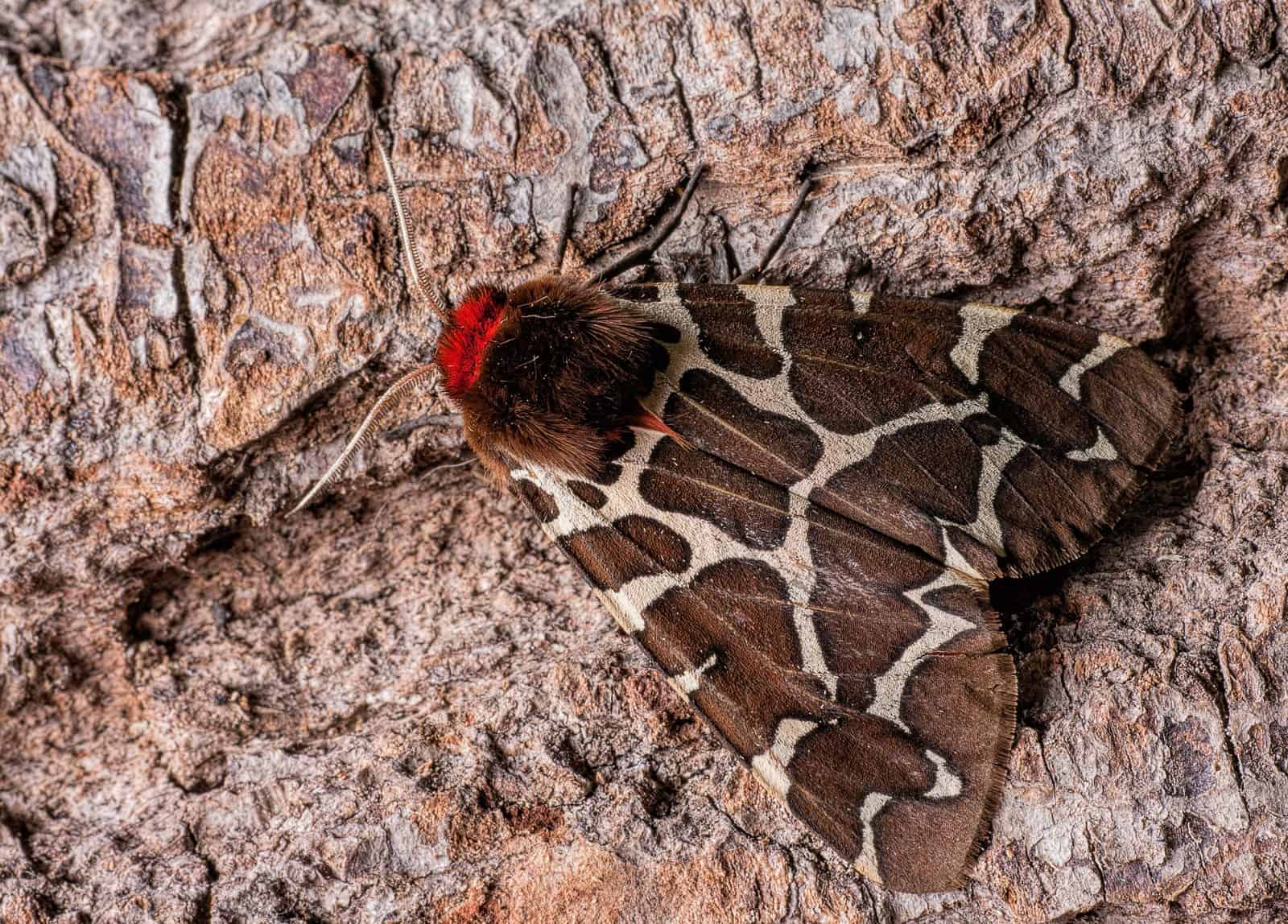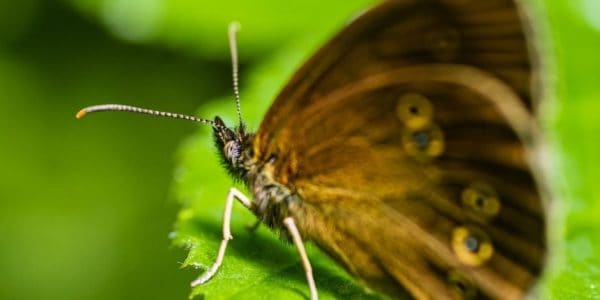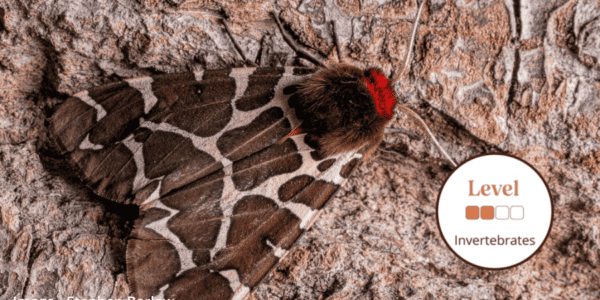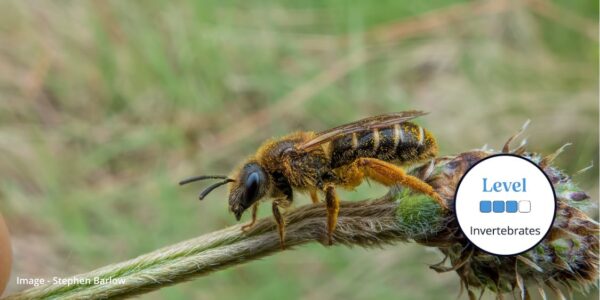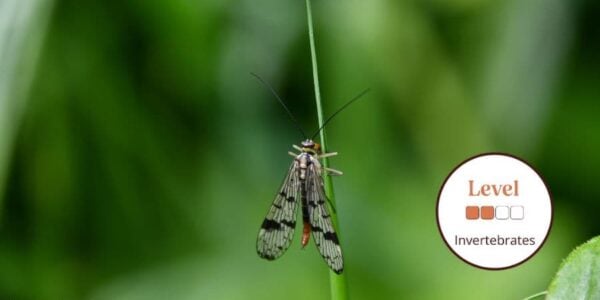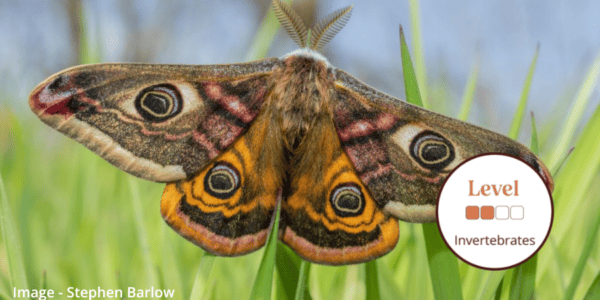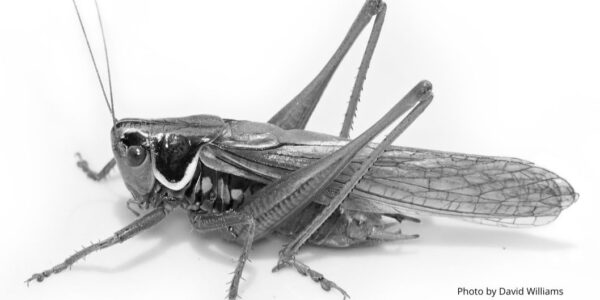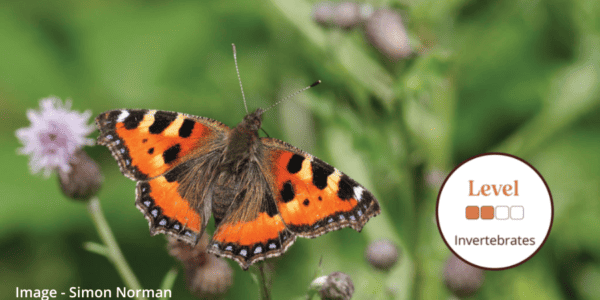
Discover more as you learn about UK Butterflies and Moths and improve your skills on our beginner to advanced courses.
We run regular Moth and butterfly courses throughout the year delivered online and UK wide by expert tutors and follow a framework to progress your learning at a level to suit you.Moths and butterfly courses focus on the insects which together form the order called Lepidoptera, meaning ‘scaly-winged’.
Butterflies and Moths Identification
They are an important part of the UK’s wildlife, they are highly sensitive indicators of the health of the environment and play crucial roles in the food chain, as well as being pollinators. However, butterflies and moths are also one of the most threatened groups of wildlife. Many species depend on a narrow range of plants or food types for their survival, this is why they’re such useful environmental indicators but also why we’re seeing such dramatic declines in their numbers.
There are currently 59 species of butterfly and 2,500 species of moths in the UK. Over half of the moth species are tiny micro-moths. Butterfly identification requires a great deal of practice, skill and patience. However, learning how to identify butterflies and the other 800 or so larger (macro) moth species is more straightforward as it relies on you being able to recognise the colours and patterns on their wings and their body shapes. Our butterfly, moth and micro moth courses taught by expert lepidopterists will teach you about their ecology and identification.
The difference between moths and butterflies: most people think that the difference between butterflies and moths is that moths are always dull in colour and that they’re all night-flyers, whereas, butterflies are colourful and can be seen in the day. However, there are also day-flying moths and they can be as vibrantly coloured as butterflies, such as the emperor moth. Scientists are now starting to think that there is little difference between butterflies and moths.
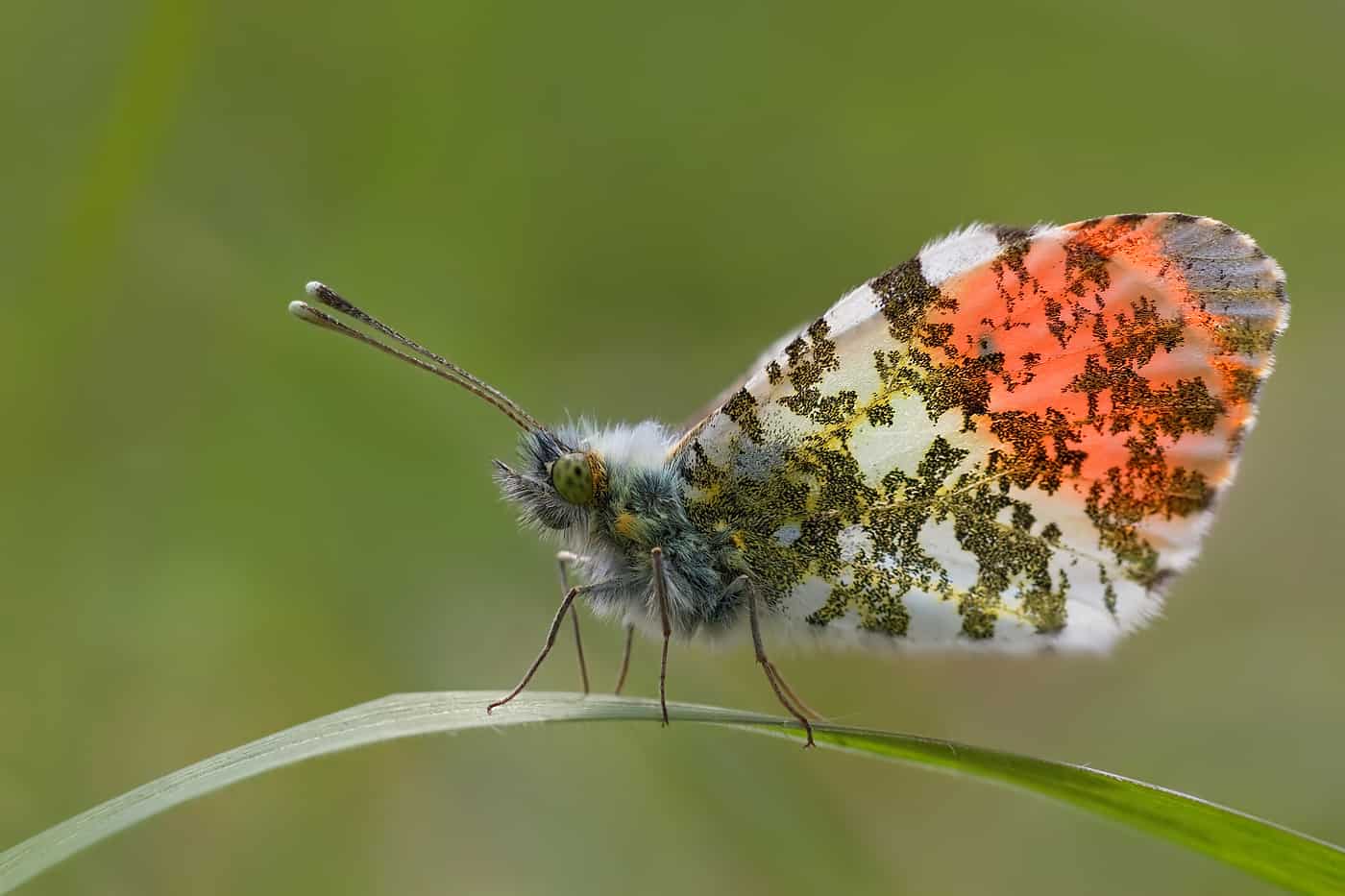
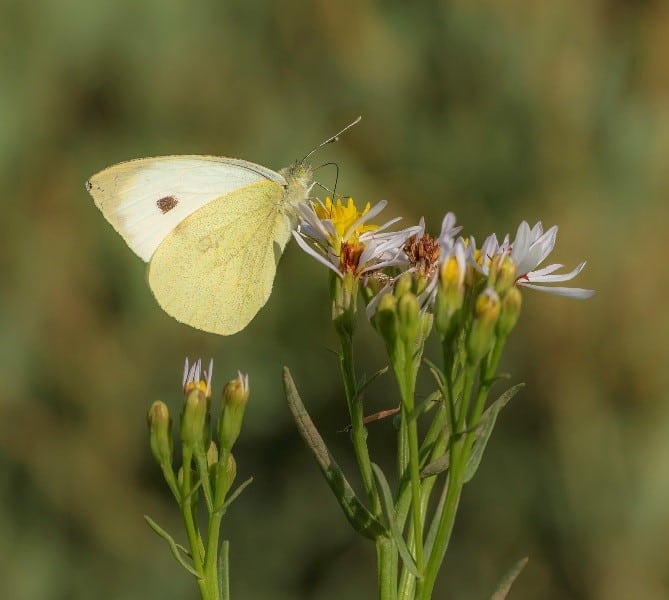
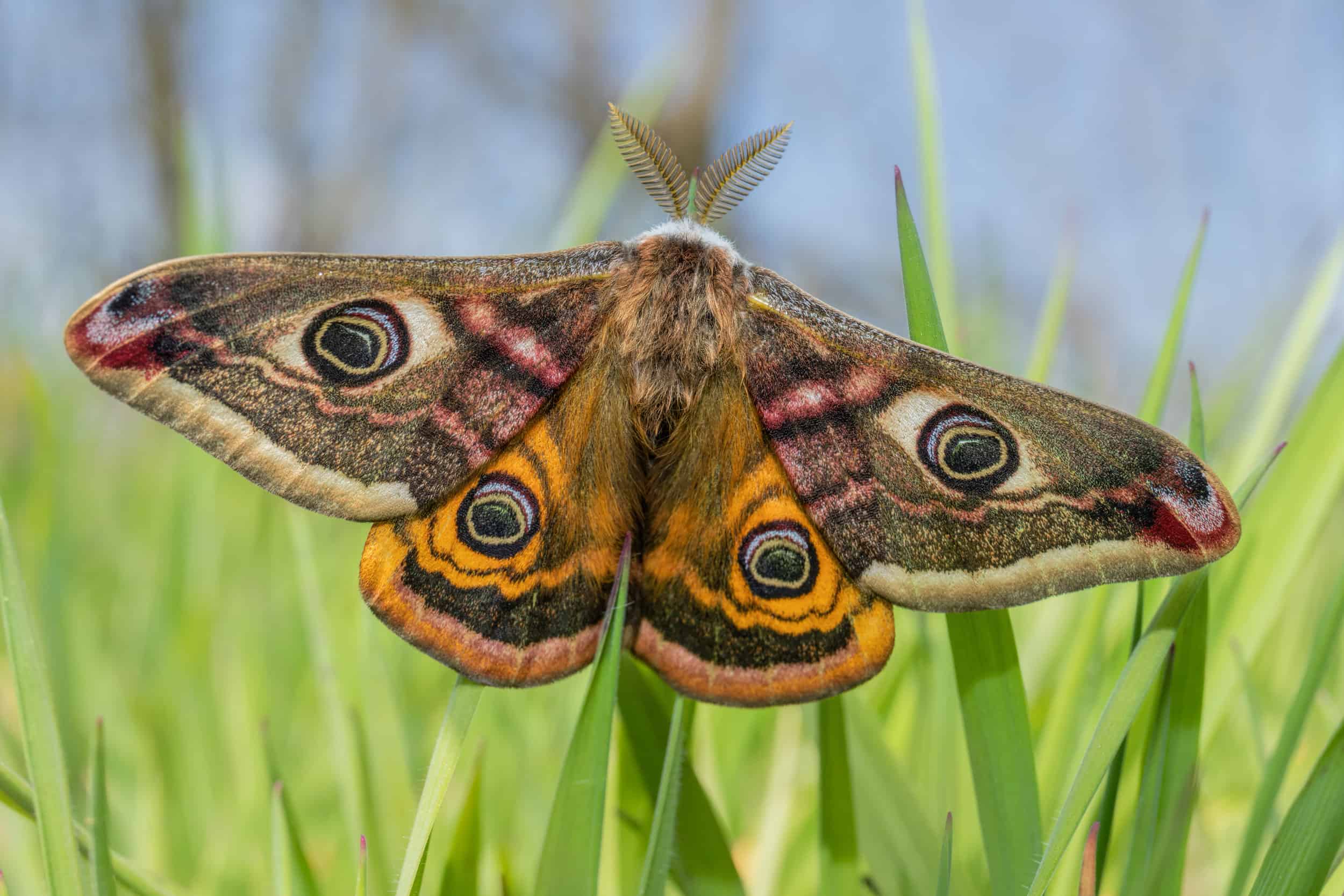
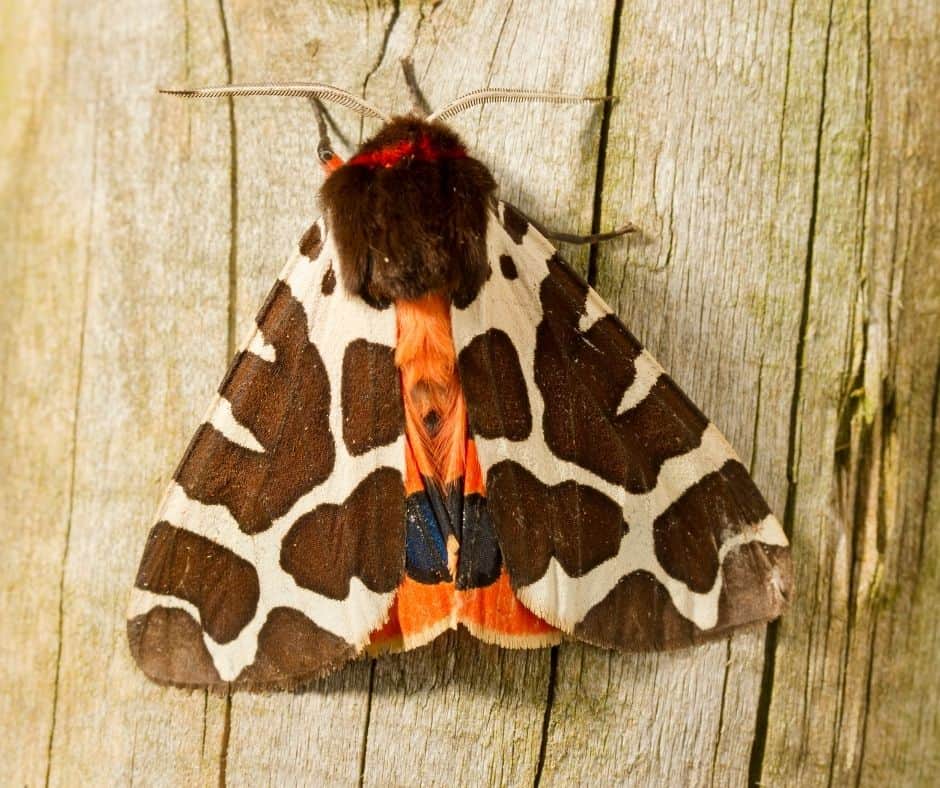
Butterfly and Moth Identification Courses
Our butterfly and moth courses are delivered by experts in the field, and will equip you with the skills and knowledge to discover more these invertebrates. Our beginner courses are for anyone interested in discovering and exploring the ecology of British butterflies and moths. You can learn how to identify the key characteristics acquire or improve identification and survey skills.
Training is led by expert tutors who are passionate about the subject. Taking place at venues across the UK, or online, our courses are designed to progress your learning at a level to suit your needs. If you are interested in our amphibian online training, you can read about our Moodle learning environment.
Each course is part of a learning framework. You can see the course level descriptions here. Natural history courses are available at all levels from beginner through to professional training.
We run regular butterfly and moth identification courses throughout spring and summer. For details of our courses, and to learn more about butterflies and moths, click the button above to view our courses.
Buterfly and Moth Identification Resources
FSC Day Flying Moth Guide features the 103 species which fly by day, including a few very common species that are not strictly day-flying but are regularly disturbed from vegetation
FSC Hawkmoths Identification Guide includes both the adults and caterpillars of all 18 British species. With illustrations by acclaimed wildlife artist Richard Lewington.
Partners
Butterfly Conservation fully supports the aim of promoting active conservation through learning. For more details about the work of Butterfly Conservation or for membership information, visit www.butterfly-conservation.org

